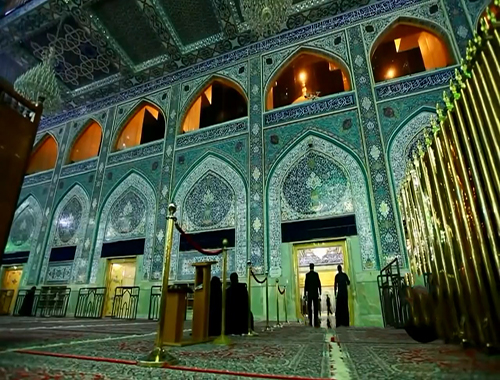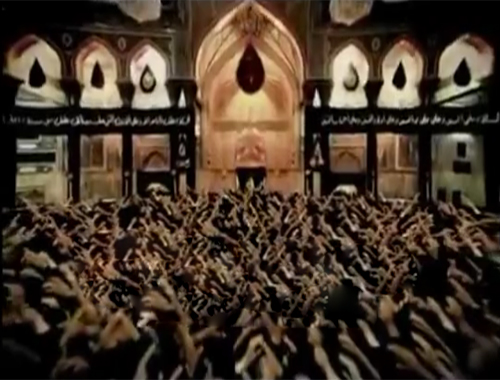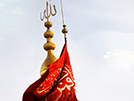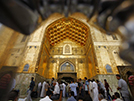
1. Woman’s Head Cover in Judaism
In the Jewish tradition when a Jewish woman did go out in public, she always went out with a head covering which also covered the whole face, leaving one eye free.
Going out without a head covering was considered so shameful that it was grounds not only for divorce by the husband, but divorce without the obligation to pay the Ketubah.
“These are they that are put away without their Ketubah... if she goes out with her head uncovered.” In fact, Rabbi Meir is quoted as saying that it is a duty for a husband to divorce a woman who goes out without her head covered.
In the Book of Daniel (written after 160 B.C.E.) there is a clear evidence that it was customary for women to cover their heads and faces in public.
Face Cover in Judaism
Veil, a cover for the face, or a disguise, from the earliest times has been a sign of chastity and decency in married women. As the sign of chastity they had to cover their faces with veils in the presence of strangers. The putting on of the veil marked the transition from girlhood to womanhood.
2. Christianity and Woman’s Head Cover
If a woman does not wear a veil, let her hair be cut; but if it is disgraceful for a woman to have her hair cut off or her head shaved, then let her wear a veil.” 1Corinthians, 11:6.
“Judge for yourselves. Is it becoming for a woman to worship God without covering for her head? Does not nature itself teach you that long hair is disgraceful for a man but glorious for a woman? For her hair is granted her for a covering. In case, however, anyone seems anxious to dispute the matter, we do not observe such a practice, neither do the churches of God.” 1Corinthians, 11:13.
3. Woman’s Head Cover in Islam
“And they shall not display their beauty and ornaments, except what are apparent of it. And they should draw their khemaars over their bosoms, and shall not relax this code in the presence of other than…” (Qur’an, Surah an-Nur, 24:31)
The term ‘Khemaar’ in Arabic means whatever clothes which may cover the head, like scarf. The context of the Ayah clearly shows that head covering is an issue out of discussion, perhaps because it has already been mentioned in the previous Scriptures.
The Ayah is asking for something more, i.e. to make the scarf or whatever women are covering their hair with, longs enough to be able to draw it over their bosoms and necks.
Source: Aldhiaa.com
 Quran and Hijab - Islam Guidance
Quran and Hijab - Islam Guidance









